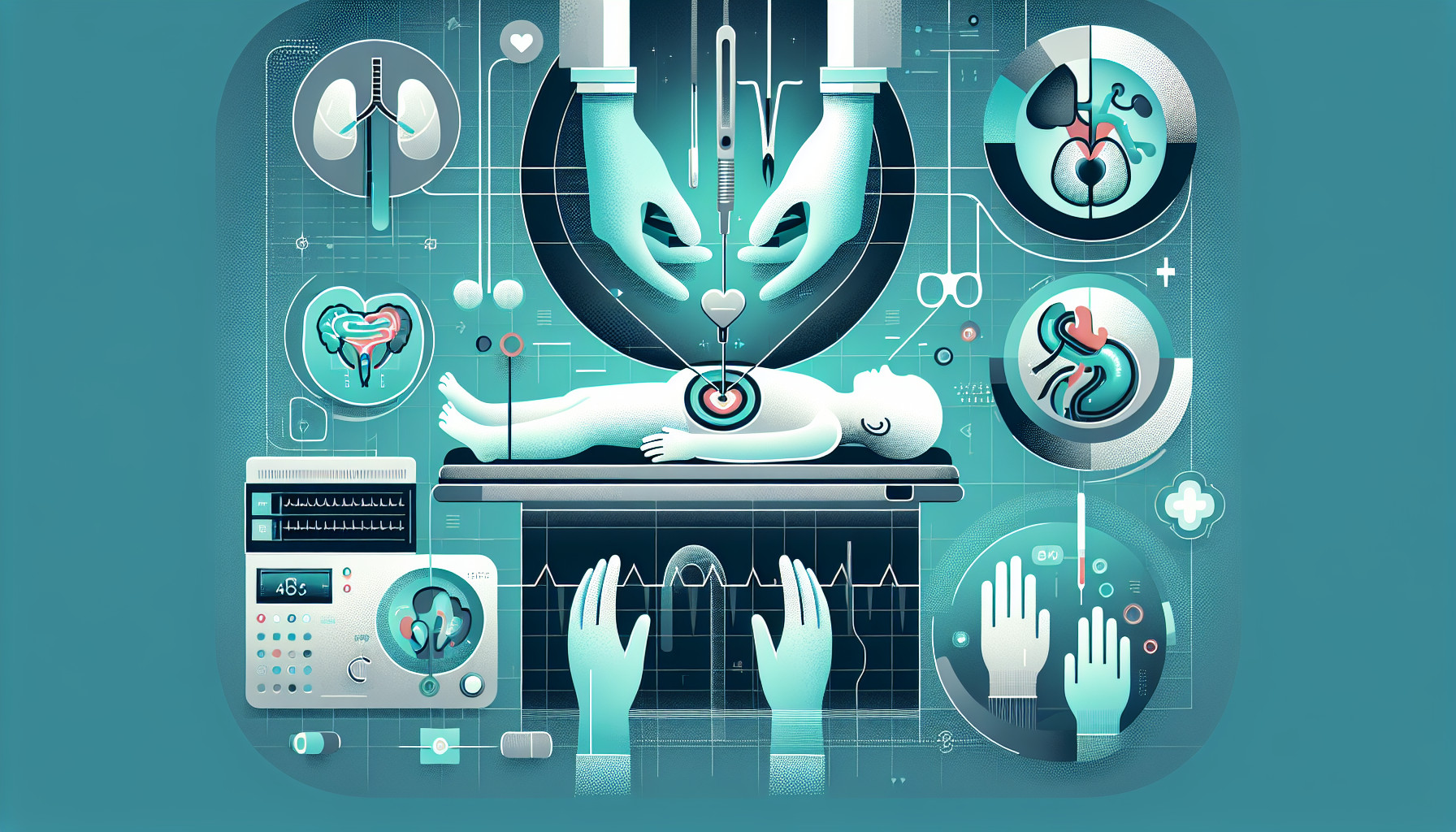Our Summary
This research paper is about a study comparing two types of surgeries to repair congenital diaphragmatic hernia (CDH) in newborn babies. CDH is a birth defect where there’s a hole in the diaphragm that allows the organs in the abdomen to move into the chest.
The two types of surgeries are thoracoscopic repair (TR), a minimally invasive procedure done with a camera and small instruments, and open repair (OR), a more traditional surgery where the surgeon makes a larger incision.
The researchers looked at 14 different studies involving a total of 709 patients to see how the two types of surgeries compared. They found that TR had a higher rate of the hernia coming back and took a longer time to perform than OR. However, they also found that patients who had the TR procedure had a lower chance of experiencing postoperative bowel obstruction, a potentially serious complication where the intestines get blocked after surgery.
In conclusion, while the TR procedure has some downsides like a higher chance of the hernia returning and longer surgery times, it also has some potential advantages like a lower risk of bowel obstruction after surgery. The researchers suggest careful consideration should be made when choosing which type of surgery to use, to avoid negative effects especially in patients with severe cases of the disease.
FAQs
- What is the difference in recurrence rate between thoracoscopic repair (TR) and open repair (OR) for pediatric hernias?
- How does the operative time compare between TR and OR in neonatal hernia repairs?
- Does the type of hernia repair surgery affect the risk of postoperative bowel obstruction?
Doctor’s Tip
A helpful tip a doctor might tell a patient about pediatric hernia repair is to make sure to follow post-operative care instructions carefully, including avoiding heavy lifting and strenuous activities to allow for proper healing. It is also important to attend follow-up appointments to monitor recovery and address any concerns promptly.
Suitable For
Typically, pediatric patients who are recommended for hernia repair are those diagnosed with congenital diaphragmatic hernia (CDH). This condition is often discovered in neonates, hence the inclusion of neonatal surgery as a keyword in the study. However, the choice between thoracoscopic repair (TR) and open repair (OR) must be made cautiously, considering factors such as the higher recurrence rate and longer operative times associated with TR. While TR does have potential long-term benefits, such as a reduced risk of postoperative bowel obstruction, the study emphasizes the importance of meticulous patient selection to prevent negative outcomes, especially in patients with severe disease.
Timeline
Before pediatric hernia repair:
- Patient presents with symptoms such as a visible bulge in the abdomen, pain or discomfort, and vomiting.
- Physical examination confirms the presence of a hernia.
- Diagnostic tests such as ultrasound or MRI may be performed to confirm the diagnosis.
- Surgical consultation is scheduled to discuss treatment options and risks.
After pediatric hernia repair:
- Patient undergoes surgical repair of the hernia, either through open or laparoscopic surgery.
- Recovery period involves pain management, monitoring for complications, and follow-up appointments with the surgeon.
- Patient is advised to avoid strenuous activities and lift heavy objects for a period of time.
- Long-term follow-up is recommended to monitor for recurrence and ensure proper healing.
What to Ask Your Doctor
- What are the potential risks and benefits of thoracoscopic repair compared to open repair for my child’s hernia?
- How does the recurrence rate for thoracoscopic repair compare to open repair in pediatric patients?
- What is the typical recovery time for thoracoscopic repair versus open repair?
- Are there any specific criteria that would make my child a better candidate for thoracoscopic repair versus open repair?
- What measures will be taken to minimize the risk of postoperative complications, such as bowel obstruction, for my child undergoing hernia repair surgery?
Reference
Authors: Shibuya S, Paraboschi I, Giuliani S, Tsukui T, Matei A, Olivos M, Inoue M, Clarke SA, Yamataka A, Zani A, Eaton S, De Coppi P. Journal: Pediatr Surg Int. 2024 Jul 9;40(1):182. doi: 10.1007/s00383-024-05760-7. PMID: 38980431
